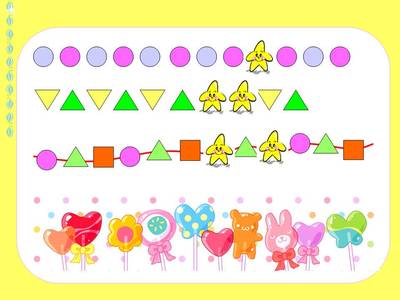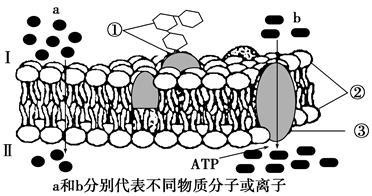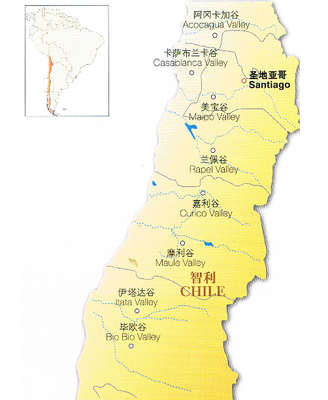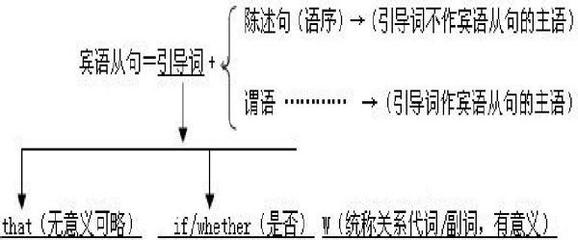一. 如果主句的谓语动词是一般现在时或一般将来时,宾语从句中的谓语动词可根据意义的需要,使用任何一种时态。如:
1) Could you tell me when you will come again? 你能告诉我你什么时候再来吗?
2) I don’t know if he arrived yesterday. 我不知道他是否昨天到了。
3) Could you tell me what you were doing at eight last night?你能告诉我你昨晚八点在干什么?
二. 如果主句的谓语动词为一般过去时,从句应用相应的过去时态。
1. 如果主句中的谓语动词所表示的动作与从句的动作同时发生,则从句应用过去进行时或一般过去时。如:
1) She said that she was working on the Internet. 她说她在上网。
2) He told me that he knew the computer technology very well.他对我说他精通电脑技术。
2. 如果从句的动作发生在主句的动作之前,则从句应用过去完成时。如:
1) He didn’t know what they had come here for. 他不知道他们到这里来的目的。
3. 如果从句的动作发生在主句的动作之后,则从句应用过去将来时。如 :
1) Jim told me he would spend his holidays in the south.吉姆告诉我他将到南方度假。
使用宾语从句的时态还应注意下列特殊情况:
一. 如果宾语从句中有明确表示过去的时间状语,不论主句用什么时态,从句一律用过去时。如:
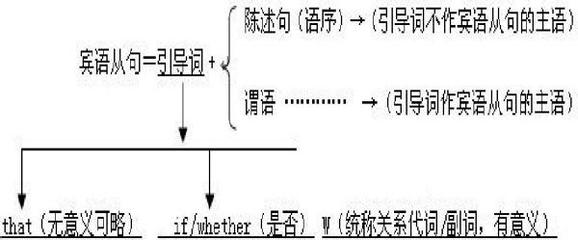
1) She said she came to work here in 1998. 她说她是1998年来这里工作的。
2) The teacher told us that the war broke out in the winter of1923. 老师告诉我们那场战争爆发于1923年的冬天。
二.如果宾语从句表示客观真理、科学原理、自然现象、现阶段存在的客观事实、现在经常性或习惯性的动作、谚语、格言等,不论主句用何种时态,从句一律用一般现在时。如:
1) Our teacher told us that light travels much faster than sound.我们老师对我们说光比声音传播要快得多。
2) The mother told his son that two and three is five.母亲告诉孩子二加三等于五。
3) We all knew that a friend in need is a friend indeed.我们都知道,患难之交才是真朋友。
4) He told me that his father is an English teacher.他告诉我他父亲是名英语老师。
三. 宾语从句的否定转移。
当主句的谓语是think, believe 等动词时,其后的宾语that 从句如果表示否定意义时,通常将否定词not转移到主句的谓语动词之前。如:
I don’t think/ believe you can finish the work in such a shorttime. 我认为/相信你不可能在这么短的时间内完成这项工作。
注意:这种形式变为反意疑问句时有两种情况:
1. 当主句的主语是第一人称时,反意部分的人称和动词形式应与从句保持一致,肯定与否定形式与主句保持一致。如:
I don’t think he can solve the puzzle, can he?我认为他不能解决这个难题,是不是?
2. 当主句的主语是第二、三人称时,反意部分的人称和动词形式都只考虑主句部分。如:
He doesn’t think you are right, does he? 他认为你不对,是不是?
 爱华网
爱华网